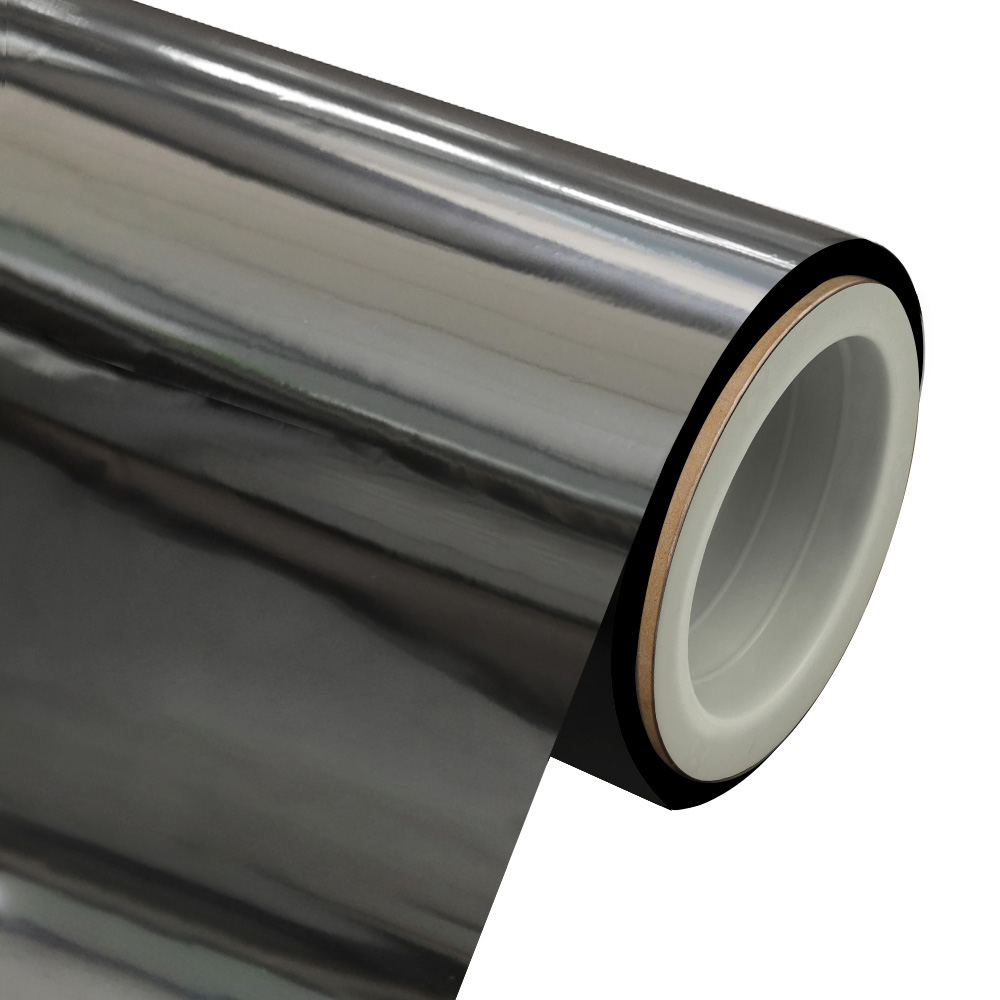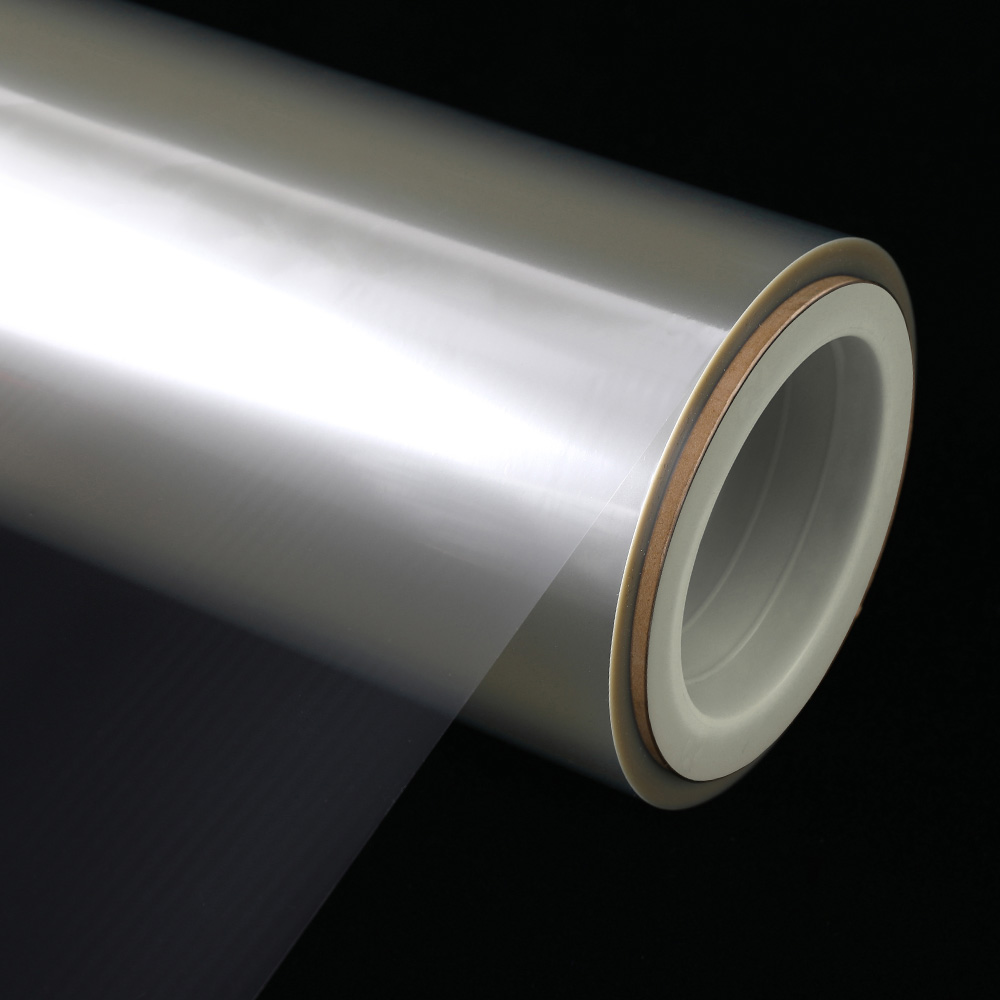How does the coating process give the color-coated metallized PET film its characteristics?
In the performance shaping of the color-coated metallized PET film, the coating process of the color coating is the key link to give it visual expression and functional properties. After the smooth and dense metal layer is formed on the PET substrate, precision coating technologies such as gravure printing, flexographic printing and roller coating, through micron-level precision ink control, transform the flat film into a composite material with both artistic beauty and practical value. Its process details directly determine the final application effect of the film in packaging, decoration and other fields.
Gravure printing uses engraved cells as the core to achieve precise transfer of ink. In the platemaking stage, regularly arranged cells are engraved on the surface of the metal printing plate through electronic engraving or laser etching technology. These cells are like micro ink storage units, and their depth, shape and opening area are precisely designed to match the printing needs of different patterns. During printing, the cells are completely filled with ink, and then the excess ink on the surface of the printing plate is scraped off by a scraper, leaving only the ink in the cells. When the printing plate contacts the metallized PET film and applies pressure, the ink in the cells is transferred to the film surface under the combined effect of mechanical pressure and surface tension. The cell depth directly affects the amount of ink transferred. Deeper cells can hold more ink and present high-saturation colors; while the cell shape (such as square, diamond, hexagon) determines the clarity of the pattern edge. The sharp-angle cell design can achieve more detailed image and text reproduction.
Flexographic printing relies on the deformation characteristics of the elastic printing plate to complete the ink transfer. The printing plate made of flexible resin or rubber material has convex image and text areas on the surface and concave blank areas. When printing, the printing plate first passes through the ink roller to obtain ink, and then contacts the film surface under pressure. The convex image and text areas transfer the ink to the film. This process has extremely high requirements for the coordinated control of the hardness of the printing plate, the printing pressure and the viscosity of the ink: the hardness of the printing plate determines its deformation degree. A printing plate that is too hard is difficult to fit the film completely, resulting in insufficient ink transfer; a printing plate that is too soft is prone to image deformation. Printing pressure needs to be precisely controlled. Insufficient pressure will cause ink to remain on the printing plate, while excessive pressure may cause ink seepage at the edge of the image. Ink viscosity is also critical. High-viscosity ink has poor fluidity during the transfer process and is prone to ink spots; low-viscosity ink may penetrate into non-image areas and affect the clarity of the pattern.
The roller coating process focuses on the precise control of coating thickness to give the film a functional coating. This process achieves quantitative ink transfer through the cooperation of a metering roller and a coating roller. The surface of the metering roller is specially treated (such as sandblasting or laser engraving) to form a specific roughness to control the amount of ink picked up; the coating roller directly contacts the film to evenly apply the ink. The gap between the two rollers determines the initial thickness of the coating, and the roller surface speed ratio affects the spreading effect of the ink on the film surface: an improper speed ratio will cause streaks or flow marks on the coating. In addition, the effect of roller surface temperature on the rheological properties of the ink cannot be ignored. The heating roller can reduce the viscosity of the ink and promote its uniform spreading; but too high a temperature may cause the ink to dry prematurely, affecting the coating quality.
The three coating processes are not mutually exclusive in the production of color-coated metallized PET films, but are applied complementary to each other based on product requirements: gravure printing achieves high-precision pattern presentation, flexographic printing takes into account both efficiency and quality, and roller coating enhances functional properties.


 English
English  中文简体
中文简体 





